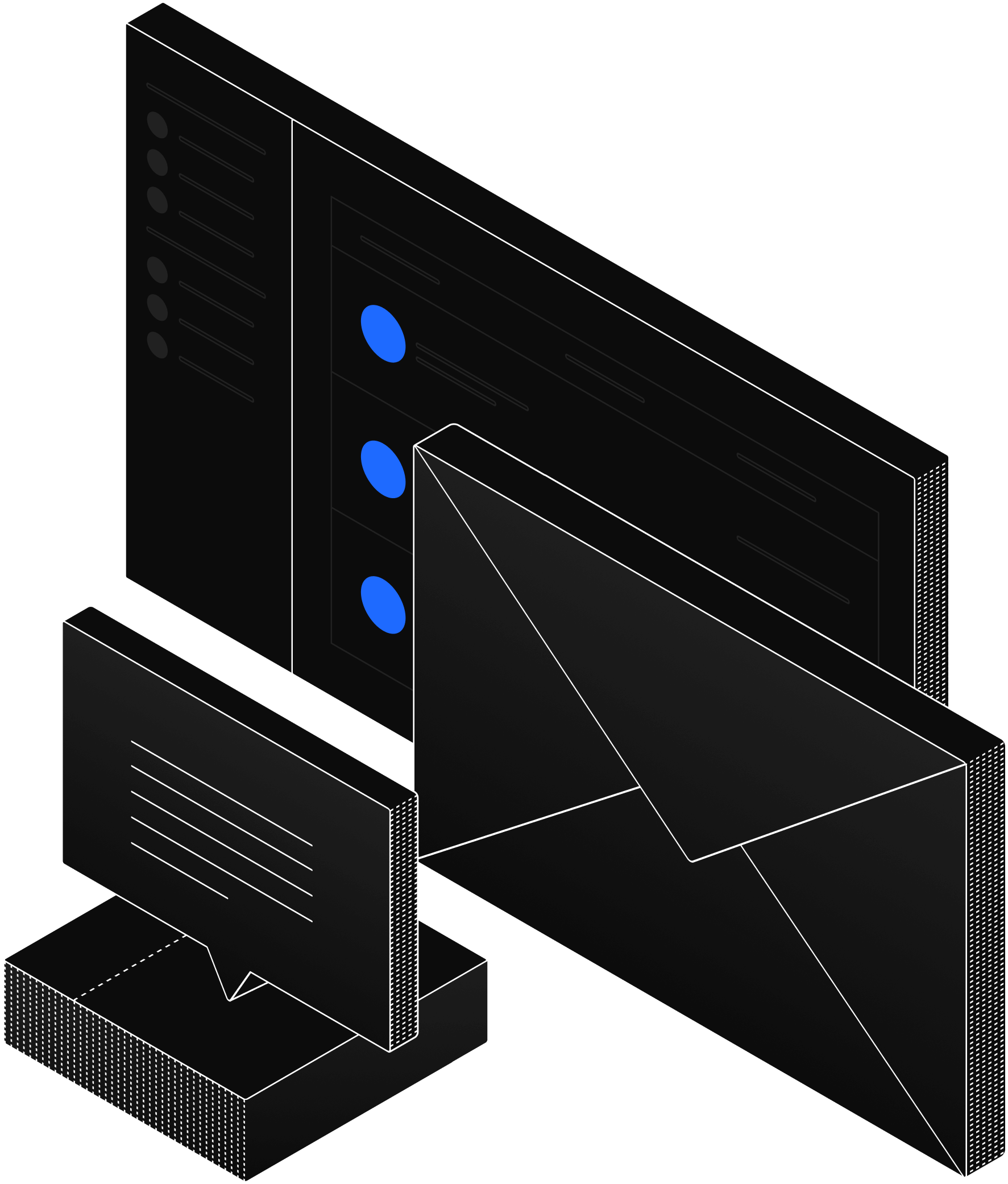NIST’s CSWP-48 (IDP) Provides New PQC Mapping: What It Means for Your Migration Plan
NIST’s CSWP 48 maps the PQC migration project to CSF 2.0 and SP 800-53. This post explains why that matters, what changes for governance and budgeting, a simple NIST-aligned action plan

NIST just released a draft white paper mapping its “Migration to Post-Quantum Cryptography (PQC)” project capabilities to the NIST Cybersecurity Framework (CSF) 2.0 and to SP 800-53 controls. This matters because it finally connects how to run a PQC program with the risk frameworks many security, compliance, and audit teams already use.
The paper—CSWP 48: Mappings of Migration to PQC Project Capabilities to Risk Framework Documents—is open for public comment (through October 20, 2025). If your organization plans to migrate away from RSA/ECC, this is the clearest signal yet on how to align your work with recognized NIST outcomes and controls.
Why this release is a big deal
- It ties PQC tasks to CSF 2.0 outcomes (Identify/Protect/Detect/Respond/Recover), giving CISOs a common language to brief executives and boards.
- It maps to NIST SP 800-53 Rev. 5 controls, helping compliance and audit teams fold PQC into existing control catalogs (e.g., SC, CM, IA, PM families).
- It clarifies “supported” vs “dependent” controls, so you can see which controls a PQC capability helps satisfy—and which controls you must already have in place to do PQC safely (e.g., credential management, change control).
Industry press is calling out the same point: NIST is showing how the PQC push “overlaps with existing security guidance” rather than inventing a parallel process. That’s good news for time-pressed teams.
The practical ramifications for businesses
1) Your PQC program should be CSF-first
Anchor your plan to CSF 2.0 outcomes and profiles. For most enterprises that means:
- Identify: Build/maintain a cryptographic asset inventory and risk catalog.
- Protect: Enforce crypto standards, key lifecycles, and approved algorithm suites.
- Detect: Continuously detect drift (e.g., deprecated ciphers reappearing).
- Respond/Recover: Define rollback and incident playbooks for crypto changes.
NIST’s mapping encourages you to treat PQC as a risk-reduction program within CSF—not as a one-off crypto project.
2) Translate migration work into SP 800-53 controls
PQC capabilities naturally align to controls you already track (examples):
- SC-12/SC-13 (Cryptographic Key Establishment & Management), SC-17/SC-23 (Crypto Protection/Session Authenticity)
- CM-2/CM-3 (Baseline/Change Control) for algorithm and library changes
- IA-5 (Authenticator Management), PM-9 (Risk Management Strategy) for governance
Using these families streamlines ATO/assessment and keeps auditors on familiar ground.
3) Budget for discovery and continuous monitoring
NIST’s PQC project highlights capabilities—and discovery is first among equals. You’ll need recurring scans to find TLS/SSH endpoints, certificates, algorithms, key sizes, and stragglers after remediation. Treat cryptographic posture like patch management: continuous, not one-and-done.
4) Governance must precede crypto changes
The mapping distinguishes what a PQC capability supports vs. what it depends on (e.g., change control, credential hygiene, approval workflows). Many “crypto outages” happen when teams tweak libraries or ciphers without robust CM/rollback. Mature your dependencies before switching algorithms.
5) Start now—comment window is open
The draft is live and NIST is soliciting feedback until Oct 20, 2025. If you operate in regulated sectors or large enterprises, weigh in—your requirements (e.g., key escrow, HSM integrations, cross-cloud KMS) should shape the final guidance.
How Qinsight maps to NIST’s guidance
Qinsight was built to make this exact alignment tangible during pilots and rollouts:
- Cryptographic Discovery & Inventory (CSF: Identify; 800-53: SC, CM)
Endpoint scanning for TLS/SSH plus credentialed deep discovery to classify assets and cryptographic usage across environments not visible from the network edge. - Risk Findings & NIST-Aligned Recommendations (CSF: Protect/Detect; 800-53: SC-xx, CM-xx, IA-5)
Flag weak algorithms, key sizes, expired/soon-to-expire certs, and misconfigurations; recommend NIST-endorsed PQC options and transition steps tied to control families. - Program Reporting in Framework Language (CSF 2.0 & 800-53)
Executive and auditor-friendly views that show which outcomes/controls your current posture supports—and where dependencies (e.g., change management) must mature first. - Continuous Monitoring
Track posture drift after remediation, ensuring “crypto debt” doesn’t re-accumulate.
A simple, NIST-aligned action plan
- Adopt a CSF 2.0 profile for PQC (define outcomes, owners, milestones).
- Run discovery to build a cryptographic SBOM: certify what you have before changing it.
- Map gaps to 800-53 controls so remediation plugs into governance and audit.
- Pilot PQC-ready patterns (e.g., hybrid key exchanges, crypto-agile libraries) under change control.
- Monitor continuously and report progress in CSF/800-53 terms for leadership.
Sources & further reading
- NIST NCCoE announcement of the draft mapping paper and comment window.
- CSWP 48: Mappings of Migration to PQC Project Capabilities to Risk Framework Documents (Initial Public Draft).
- NIST CSF 2.0 (Feb 2024).
- News coverage summarizing the implications for security teams.
Subscribe to our weekly newsletter
Lorem ipsum dolor sit amet consectetur. Lacus id turpis ut nulla dui proin nunc.


.png)
.png)